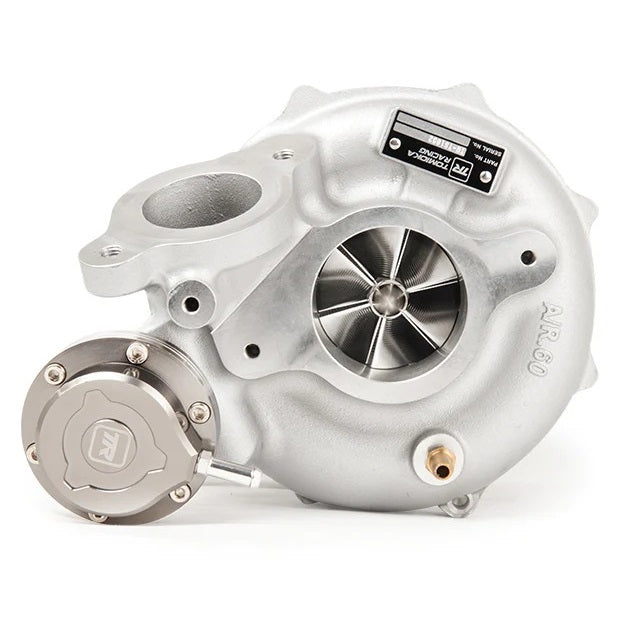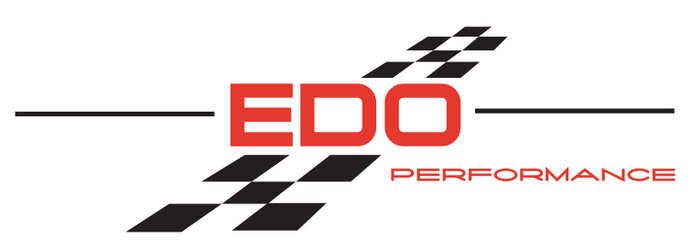
How to Choose the Right Turbocharger
Sometimes, it can be difficult to find the right turbocharger for your engine. Factoring various considerations, such as the metrics and correct tuning calculations, is crucial when pairing the best turbocharger with your vehicle. However, with the right information, anyone can find the right turbo to optimize the performance of their car.
Almost half of all vehicles on the road today use a turbocharger. Boosting the horsepower of a vehicle is not the only benefit you'll enjoy when installing a turbo. A turbo can also help improve gas mileage. To enhance an engine and gain these benefits and more, it is important to choose the right turbocharger.
What is a Turbocharger?
A vehicle's engine is responsible for creating power, and this power is created in the cylinders. Air enters these cylinders and when mixed with fuel, a small burst of energy is created, causing the pistons to move. The turbocharger is responsible for compressing more airflow into the engine's cylinders and effectively generating more power. It is essential to pick the right turbocharger, or your car may not function optimally. This power can be achieved via turbo upgrade of N54, FA20DIT, EJ25, S55 etc.
The increase in air improves an engine's performance, as well as gas mileage, as the compressed air generates an increased mechanical boost. This increases the efficiency of your engine as the combustion process is boosted via the air compression done by the turbocharger. The smaller-sized turbocharged engines increase performance as well, decreasing weight which produces overall improved fuel economy. A great option that yields plenty of power is a twin-scroll turbo.
How Does it Work?
A turbocharger is made up of two sections which include the turbine and the compressor. This unit uses an engine's exhaust gas to compress and force air into the combustion chamber. This process is done via the turbine wheel and the turbine housing. The turbine housing guides the exhaust gas into the turbine wheel. The energy created from the gas turning the turbine wheel then exits from the turbine housing via an exhaust outlet. An N54 turbo upgrade will do exactly that.
A turbocharger is essentially two fans on the end of the same metal shaft which work together in unison and spin like impellers. This component is included in a scroll turbo, helping to harness some of the energy leaving the exhaust and allowing the engine to burn more fuel per second. This extra energy is where the power comes from. Essentially, it allows the engine to burn fuel at a faster rate, which is what creates the extra power.
How To Choose The Right Turbo
When choosing the right turbo, it is important to assess the desired horsepower range. You'll want to consider your vehicle's capabilities to ensure you choose something that will work well. It is realistic to look for up to 50 percent more horsepower by adding a turbo to the engine. When deciding which turbo to buy, you should consider several factors to figure out the appropriate level of horsepower you're going for:
- What is the vehicle mainly used for?
- What can the engine handle?
- How much traction can the vehicle achieve?
These variables will change the type of turbo that will benefit your ride the most. Different turbos are designed to achieve different goals, as some are produced to increase economy, while others aim to achieve higher performance levels. Failing to install the correct turbo risks damaging the engine, as well as the turbo itself. For example, the twin-scroll turbo improves fuel economy, while the MR-S turbo increases horsepower and performance.
Using a turbo outside of its efficient parameters will cause the engine to burn out quickly as it will force air into the combustion chambers. This is counterproductive to the efforts of increasing horsepower, eventually leading to the destruction of the motors. When deciding which turbo to purchase to enhance your ride, you may want to consult a professional.
Calculate The Metrics
To avoid getting a turbo that may ruin the motors of an engine, it is important to calculate the metrics. One of the main calculations you should consider is measuring the amount of air the engine uses at certain boost pressures. To make this calculation, use the engine's RPM, size, and volumetric efficiency.
Running these tests will show the ratio of air and fuel mixture found in the cylinder, as well as how much air travels to the intake manifold. Large turbos generate more airflow at lower boost levels, whereas smaller turbos produce more airflow. Run the proper tests and calculate the metrics to see which turbo best suits the engine. Doing this will help pick the right option, such as a twin-scroll turbo, or MR-S turbo.
There are also a few other components that are important to factor into the calculation of these metrics. Evaluating the volumetric efficiency and air density is critical for turbo performance. Matching the correct compressor is also important as the compressor regulates and compresses the airflow traveling through the engine, which is directly responsible for horsepower levels. The trim and turbine matching are also two other very essential components when it comes to properly calculating the metrics and finding the best turbocharger.
Hit the Road With EDO Performance
EDO Performance is your number-one specialist for automobile performance and efficiency control instrumentation, providing our customers with the most efficient on-time service.
With services including parts installation, detailing, horsepower testing, Dyno tuning, and more, we have everything you need to maintain your vehicle's functionality and visual appearance. If you're ready to upgrade your ride, or if you have any questions about turbochargers or our services, don't hesitate to contact us.

Leave a comment